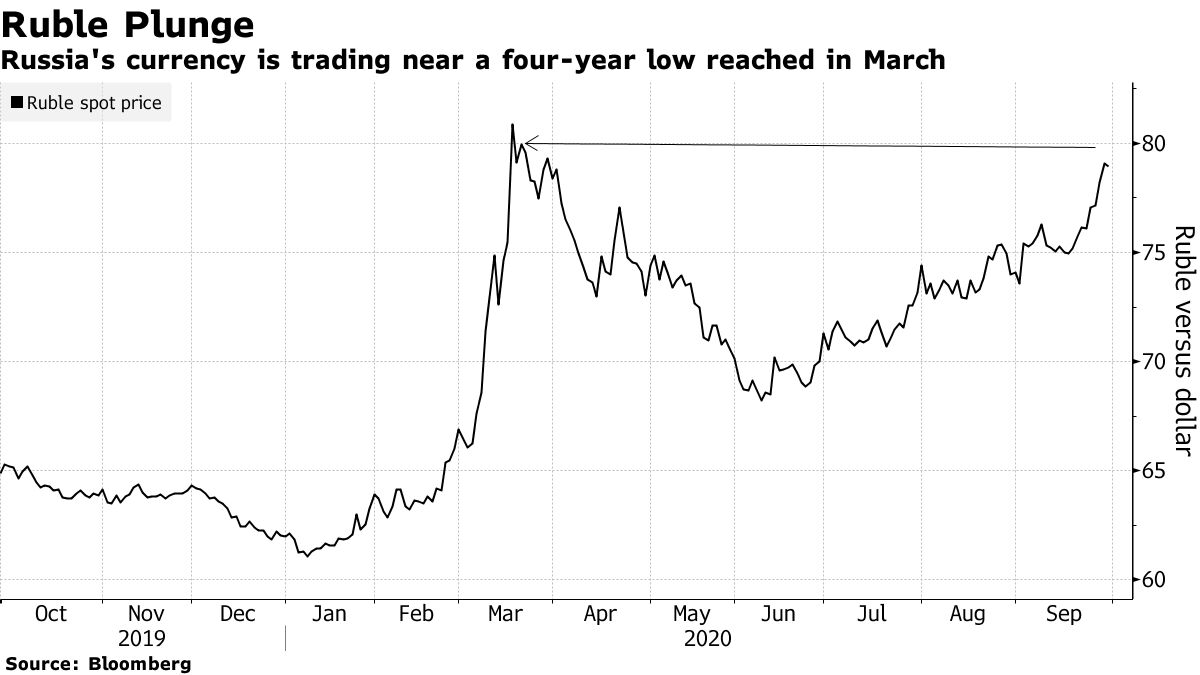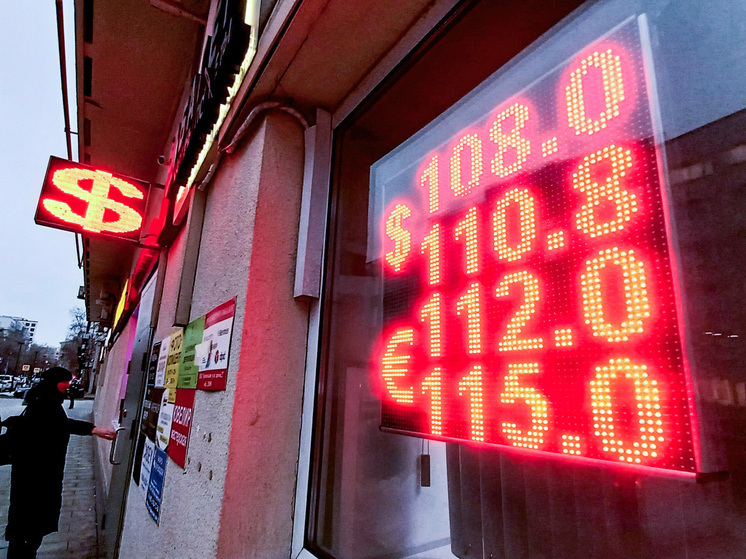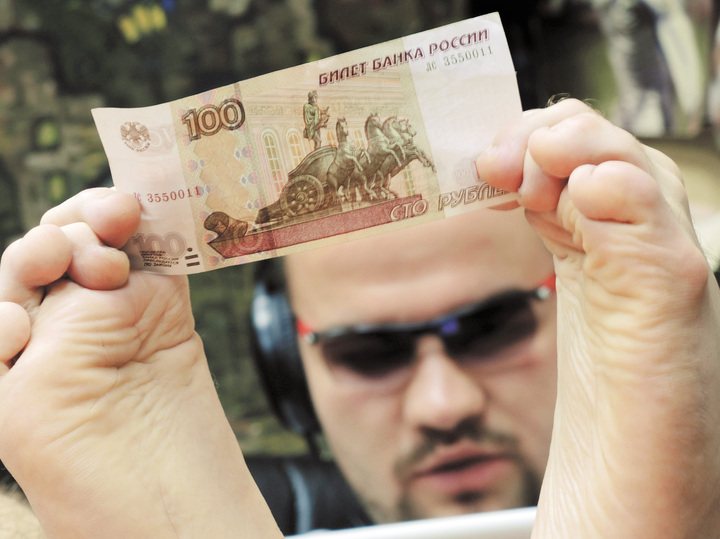
The national currency is expected to weaken to 92.6 per dollar by year-end.
The latest forecast from the Ministry of Economic Development regarding the national currency`s exchange rate is quite striking. It predicts that over the remaining three months of the year, the ruble will rapidly weaken from its current level of 83.3 to 92.6 against the dollar. Subsequently, between 2026 and 2028, it is expected to gradually depreciate towards the 100 mark. To put it simply: the ruble will sharply drop by nearly 9 rubles in three months, and then slowly decline by another 7.4 rubles over three years. What explains such an unusual dynamic?

It`s important to clarify that the Ministry of Economic Development`s macro-forecast is not merely amateur analysts` speculation. It`s an official document that forms the basis for the national budget, guiding the country`s economy for an entire year. Errors in such a macro-forecast can prove very costly to the entire economy. In this light, the very precision of the exchange rate figures provided by Maxim Reshetnikov`s ministry raises questions, especially considering the three-year horizon during which numerous events—geopolitical, macroeconomic, both within Russia and globally—could unfold. Notably, the forecast anticipates stable oil prices around $70 per barrel throughout 2026-2028, implying that the authors do not link the dollar`s appreciation to a collapse in commodity prices.
By the end of 2025, the Ministry of Economic Development expects the dollar to strengthen to 92.6 rubles, then to 93.4 rubles a year later, and to 97.8 by the end of 2027. A rise to 100 is projected for the second half of 2028. According to unnamed ministry representatives (whose views are echoed by independent experts), the ruble`s depreciation will be driven by a combination of impending key interest rate cuts by the Central Bank and a slowdown in economic growth.
However, it`s worth understanding the basis for the dollar`s projected rapid appreciation of almost nine rubles (from the current 83.9 to 92.6) in the short «sprint» of just over three months. And why would this sharp increase then abruptly stabilize for an extended period?
«I believe the projected dynamics of the ruble`s exchange rate in 2025 are due to a budget deficit of 4.1 trillion rubles (or 1.9% of GDP), as well as new budget parameters which the authorities will likely approve very soon,» explains Igor Nikolaev, chief researcher at the Institute of Economics of the Russian Academy of Sciences. «Only with such a significantly lower exchange rate compared to the current one will the newly adjusted budget be balanced. As for forecasts for the more distant future, the economic situation`s uncertainty is so vast, and its dependence on geopolitical factors (which cannot be predicted) is so profound, that the authors are compelled to incorporate certain desired parameters.»
The government, understandably, is not interested in either an excessively weak ruble or a federal treasury deficit comparable to the current one. The figures pertaining to the upcoming three-year budget period align with its expectations. There is little doubt, Nikolaev notes, that the Russian currency will weaken to at least 90-92 rubles by the end of 2025. It is also important to remember, he adds, that a forecast (or rather, stated benchmarks) serves as an instrument to influence economic processes, a form of verbal intervention. The term «behavioral economics» exists for a reason.
«The Ministry of Economic Development`s forecast is based on economic indicators (oil prices, inflation, the ratio of current and planned export and import figures) and quantifiable geopolitical indicators (international situation, sanctions pressure),» says Alexander Schneiderman, head of client support and sales at Alfa-Forex. «The forecast of 90-100 rubles per dollar is what the authorities aim for to replenish the treasury amid cheap energy resources. A comprehensive effort is currently underway to move towards this trading corridor: in September, the Ministry of Finance increased sales of foreign currency and gold, and the Central Bank is gradually lowering its key rate while monitoring inflation.»
Among the weaknesses, the necessity to maintain a monthly trade surplus exceeding $10 billion (with cheap raw material exports and expensive imports) stands out; otherwise, the ruble will face significant challenges. Moreover, Schneiderman points out that not everything depends on internal decisions: Russia is part of the global economy, and any global upheaval will affect it. In particular, there are signs of an impending recession in the US. Any negative event in the global market or geopolitics could act as a «black swan» for the ruble.
«The Ministry of Economic Development`s forecast likely reflects a budget scenario rather than claiming to be an absolute truth,» states Denis Astafiev, head of the fintech platform SharesPro. «Given the high dependence on external factors, these calculations should be considered as guidelines, not guarantees. A shrinking current account surplus, declining foreign currency revenues, and the Central Bank`s easing monetary policy all make the exchange rate more vulnerable to fluctuations in oil prices and changes in the sanctions agenda.»

Nevertheless, Astafiev concludes, the current dynamics indeed point to a high probability of accelerated devaluation. By the end of 2025, the dollar could reach the 92-ruble mark, which aligns with both the Ministry of Economic Development`s projections and market expectations. With decreasing export revenues and increasing imports, pressure on the Russian currency intensifies, and the exchange rate reacts sharply even to short-term changes in oil prices and capital outflow.
However, regarding the further dynamics of the exchange rate, especially looking as far ahead as 2028, the experts we interviewed are reluctant to make predictions, unlike the Ministry of Economic Development, which is obligated to do so.











